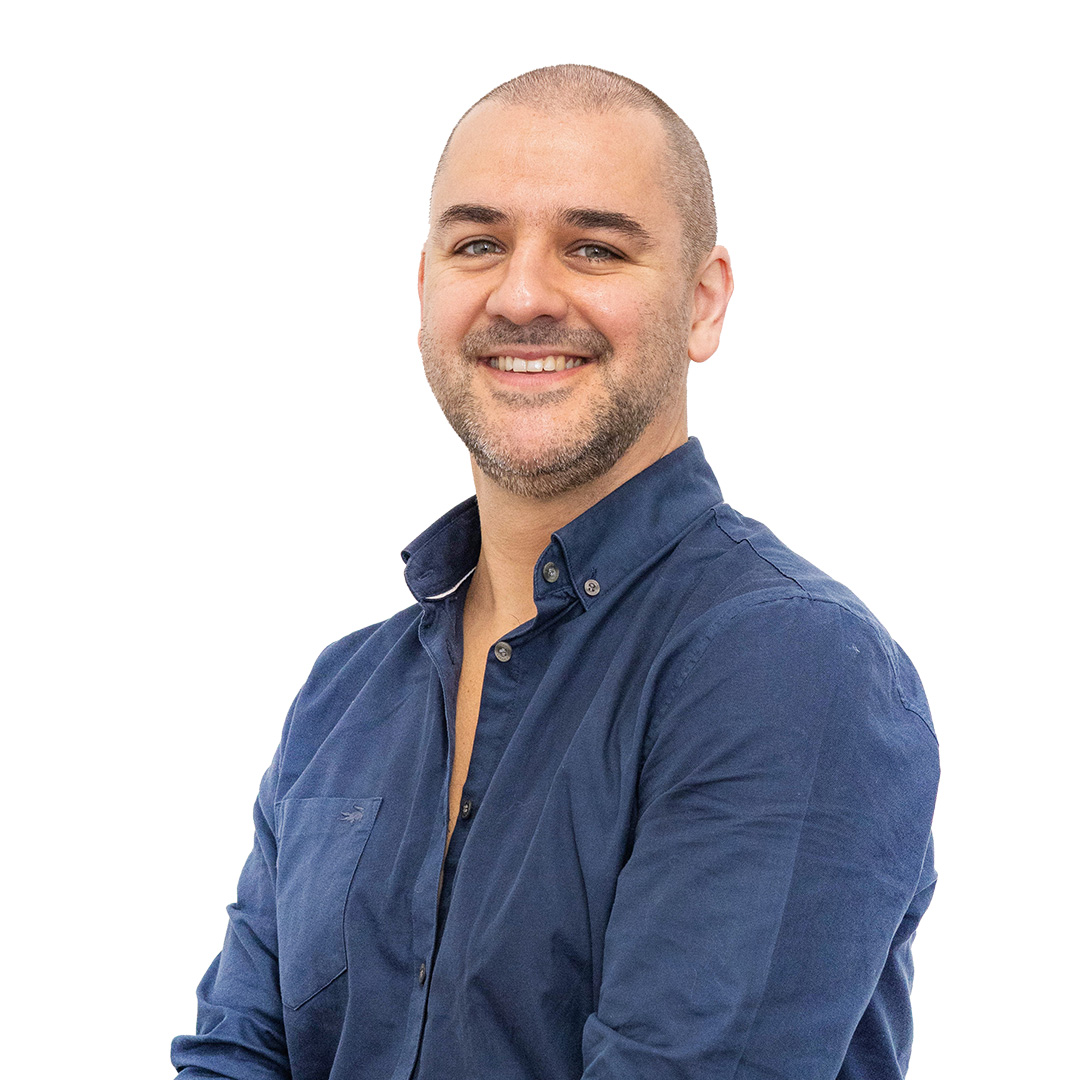| Acronym: | IN-FaunAreias |
| Cost Center: | 825 |
| Title: | Marine Monitoring Methods needed to apply the ecosystem-based approach to Maritime Spatial Planning and activity 2.3.2 - Marine Monitoring campaigns of the PLASMAR project |
| Start-End: | 07-11-2018 - 31-03-2020 |
| Beneficiary Entity: | Fundação Gaspar Frutuoso |
| Gestores da FGF: | Bruno Machado, Matilde Pereira |
| Responsible Researcher: | João Manuel dos Anjos Gonçalves |
| R&D Units: | OKEANOS - Instituto de Investigação em Ciências do Mar |
| Total Financing: | 57.180,00 |
| DRAM: | 57.180,00 (100.0 %) |
| Entidade | Montante |
|---|---|
| Direção Regional dos Assuntos do Mar (100.0 %) | 57.180,00 € |
Service Provision Description:
Subsea mobile substrates are superficially apparently poor in living beings. Its unstable nature prevents macroalgae and other epibenthic organisms from attaching. However, most macro-species are made up of animals that live buried in the sediment (infauna) or by the fauna that moves on its surface (vagil).
The knowledge that exists about these ecosystems in the Azores is very limited, so the impact that the exploitation of inert materials has on these communities is also unknown. According to information provided by DRAM, 2 vessels are currently licensed to extract aggregates in the Azores (“DragOcidental” in the eastern group and “Coral da Horta” in the central group). This provision of services will mainly consist of monitoring the extractive activities of these vessels and comparing the fauna of the areas where this activity is carried out and similar areas in which this activity is not authorized.




